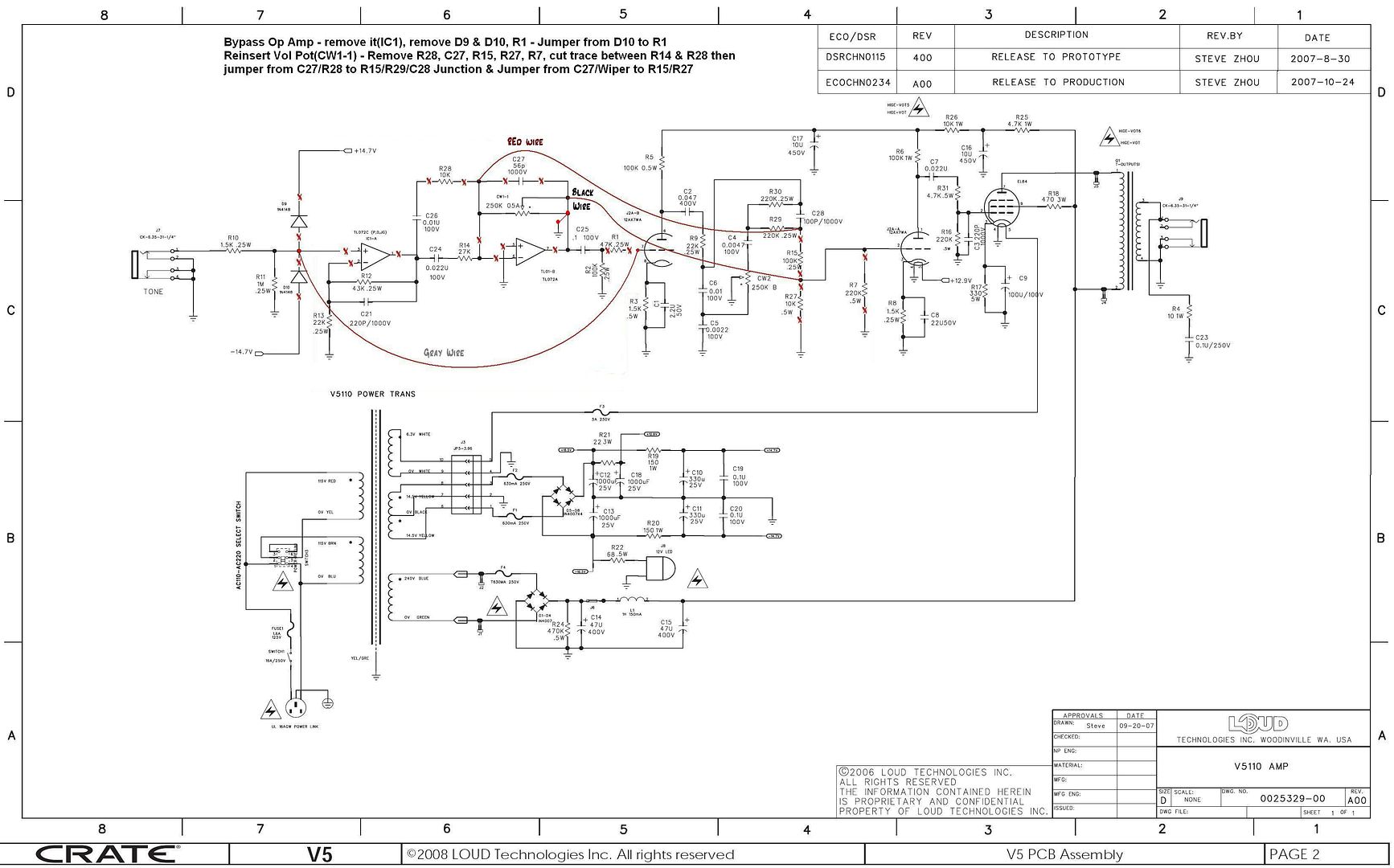This is a good article on cathode biasing and setting up the DC bias for the tone you want.
http://www.freewebs.com/valvewizard1...Gain_Stage.pdf
For the most part it is how the tube responds to overdrive so the tube to play with would be the second triode on an amp with the master volume mod. I have posted a schematic that uses mosfets to parallel the highest bias resistor value to set the DC bias for different tones. The first bias rock will have the tube cold biased so it will clip at cutoff (no current flow). Pulling in the first switch Jazz will center bias the tube for the most head room so not intended for clipping. The second switch Blues will hot bias the tube so it will clip at saturation where the control grid starts to conduct. The mosfets can be turned on by the DC heater voltage and will keep the ground loop close to the tube for minimum noise. You can also just go with a fixed bias equal to 10k to 5k for Rock, 2.2k to 1.2k for Jazz and 750 to 500 ohms for Blues bias.
Also attached a load line equal to 100k plate resistor with 250 volt plate supply to show where some of these bias values fall on the load line.





 Reply With Quote
Reply With Quote
 :
:



